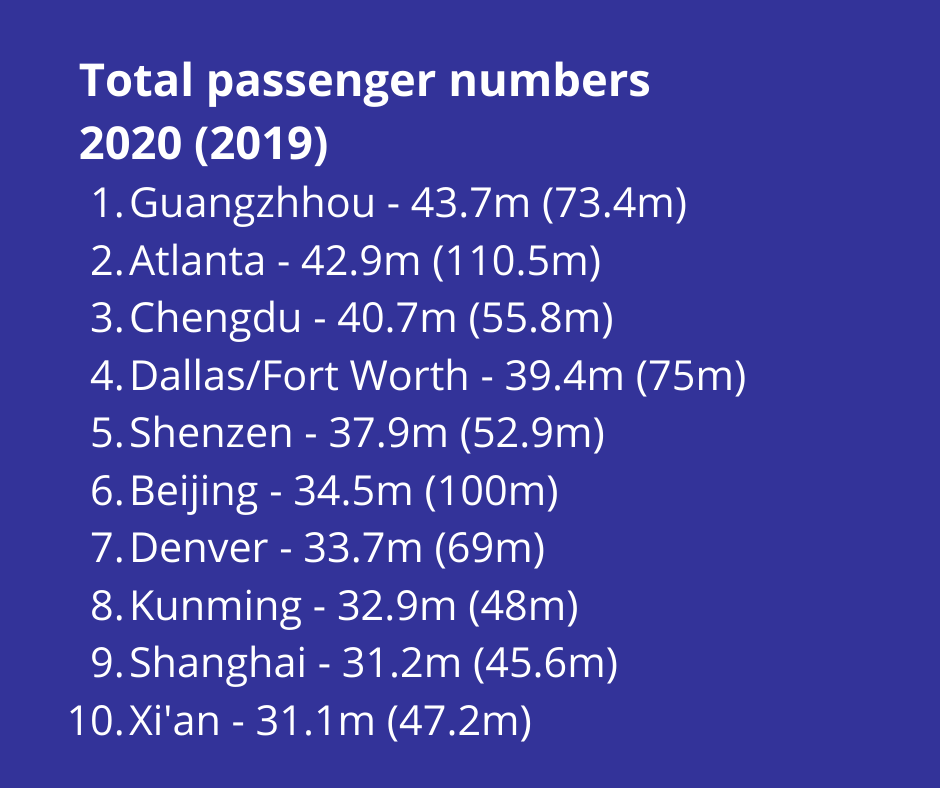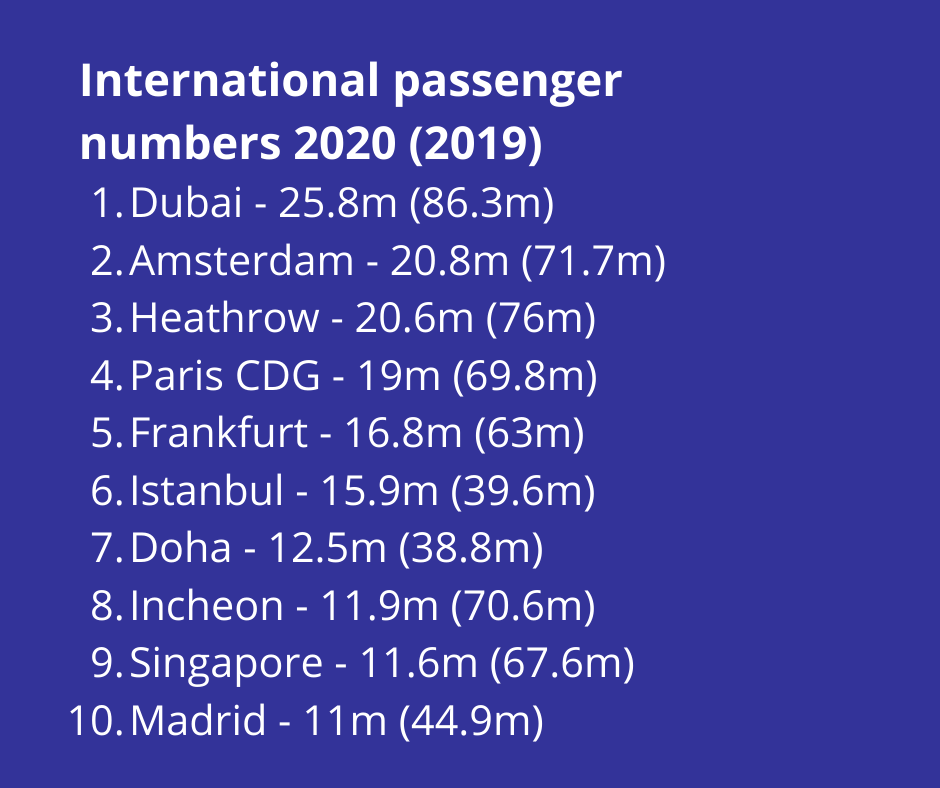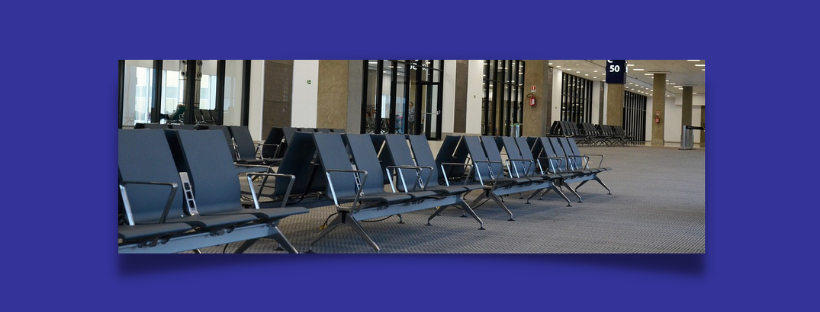Uneven effect of Covid-19 shakes up the lists of busiest airports
Airports Council International (ACI) World has published its preliminary world airport traffic rankings – covering passenger traffic and aircraft movements for 2020 – showing the dramatic impact of Covid-19 on what are ordinarily the world’s busiest airports.
Global passenger traffic at the world’s top 10 busiest airports decreased by 45.7% in 2020. Overall, passenger traffic at the world’s airports decreased by 64.6% which shows that the impact of the pandemic and the early stages of recovery in air travel has not been uniform around the world.
According to the preliminary data, Guangzhou Bai Yun International Airport in China recorded the most passenger traffic in 2020, with Atlanta Hartsfield-Jackson International Airport in the United States just behind.
Seven of the top 10 airports for passenger traffic are in China with three in the United States. In most cases, domestic air travel is beginning a modest rebound while international air travel remained depressed because of travel restrictions.
Luis Felipe de Oliveira, Director General of ACI World said,
The impact of the COVID-19 on global passenger traffic pandemic brought aviation to a virtual standstill in 2020 and we continue to face threat. The data reveals the challenge airports continue to face and it remains imperative that the industry is supported through direct support and sensible policy decisions from governments to ensure that aviation can endure, rebuild connectivity, and fuel a global economic recovery.
The findings show that the impact remains uneven with different regions experiencing different challenges and requiring different policy decisions and support from governments to lay the foundation for recovery.
With some positive signs of recovery, especially in countries with high rates of vaccination, a sustained global recovery will only be realized with an escalation of vaccination campaigns, the continued development of digital health passes, and coordinated and cohesive policy support from governments.
Air cargo was less impacted by COVID 19, with volumes decreasing by only 8.9%, to an estimated 109 million metric tonnes in 2020, equivalent to 2016 levels (110 million metric tonnes).
For airports, revenues are tightly correlated to traffic levels but, like many other capital-intensive businesses, a large proportion of airport costs remain fixed and do not fall at the same level as traffic throughput and revenues during the crisis. Even with reduced operations, the closure of terminals and staff layoffs, this imbalance remains.










